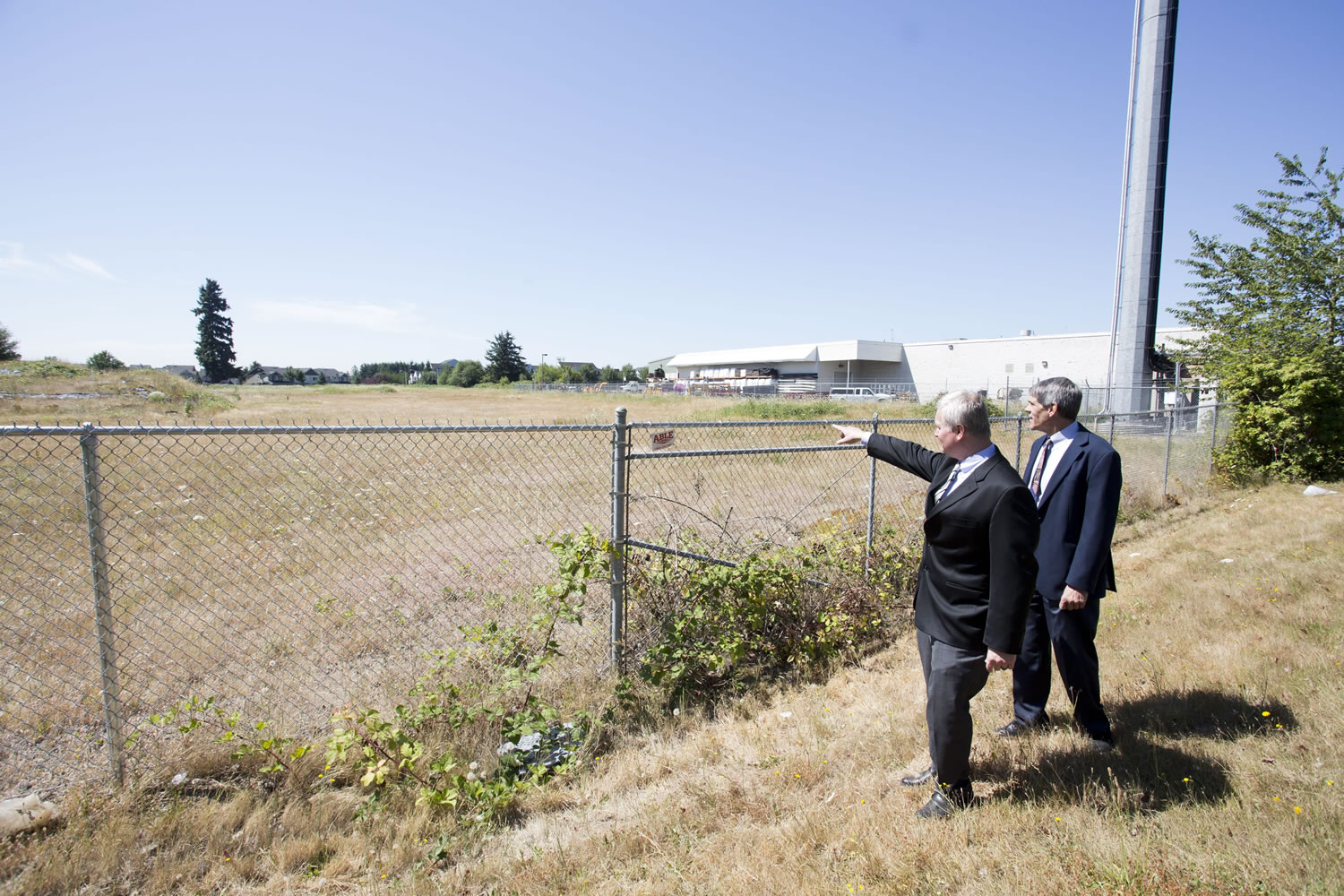The Vancouver City Council made an exception to density rules Monday that allows the Vancouver Housing Authority to build a 152-unit complex on Southeast First Street.
About 60 people attended the meeting, and approximately a dozen people asked the council not to allow the east Vancouver project because of traffic and safety concerns.
Three people spoke in favor of the $30 million project, which will be built east of 164th Avenue. As part of the development agreement with the city, the VHA has to build a section of Southeast 166th Avenue, from which residents will enter and exit.
Residents who live near the proposed development talked about how harrowing it can be to drive on Southeast First Street, a two-lane roadway the council acknowledged has long been overlooked.
To bring Southeast First Street up to city standards, it would cost about $16 million. The city pays for roads out of its general fund, the same budget that pays for public safety, Councilor Jack Burkman told the crowd.
“We’ve chosen to fund police and fire over the roads,” Burkman said.
A few speakers said the city was “putting the cart before the horse” by putting in additional housing. Vancouver Mayor Tim Leavitt said that happens all the time because the cost to build roads exceeds what cities collect in impact fees.
The VHA will pay $1.5 million in impact fees, including approximately $400,000 to Evergreen Public Schools.
Leavitt said concerns about safety and traffic were justified, and the city will try to make some interim improvements to First Street.
The council vote was unanimous.
Need for housing
Councilor Jeanne Harris, who lives south of the VHA site and raised the most concerns during a workshop last month, said to deny the VHA project would not be responsible because there’s a need for affordable housing in the area. Denying the project wouldn’t solve the problem with First Street, she said.
Under current city density rules, the VHA could build a maximum 108 units. Since the VHA has to construct a section of road, Executive Director Roy Johnson said the development needs 44 additional units to make the project pencil out.
State and city law authorize the council to make density exceptions for low-income housing built by a housing authority. A study showed the project would not require a traffic light at 166th Avenue and First Street.
Troy Drawz, director of development for the VHA, said 75 percent of the units would be reserved for those who earn 60 percent or less of the area’s annual median income. For a family of four, the median is $67,900, so qualifying families would earn $40,740 or less. Remaining units would be rent-stabilized and based on average local monthly rents. He said there are 3,800 people in the county who aren’t served by VHA who would qualify for an apartment.
The VHA bought the 7.95-acre property in June 2010 for $1.1 million, which included $564,268 of Clark County’s Neighborhood Stabilization Program money from the U.S. Department of Housing and Urban Development. It had once been the site of a golf driving range, then was going to be used for townhouses. When that project failed, another developer bought it, but the land went into foreclosure.



